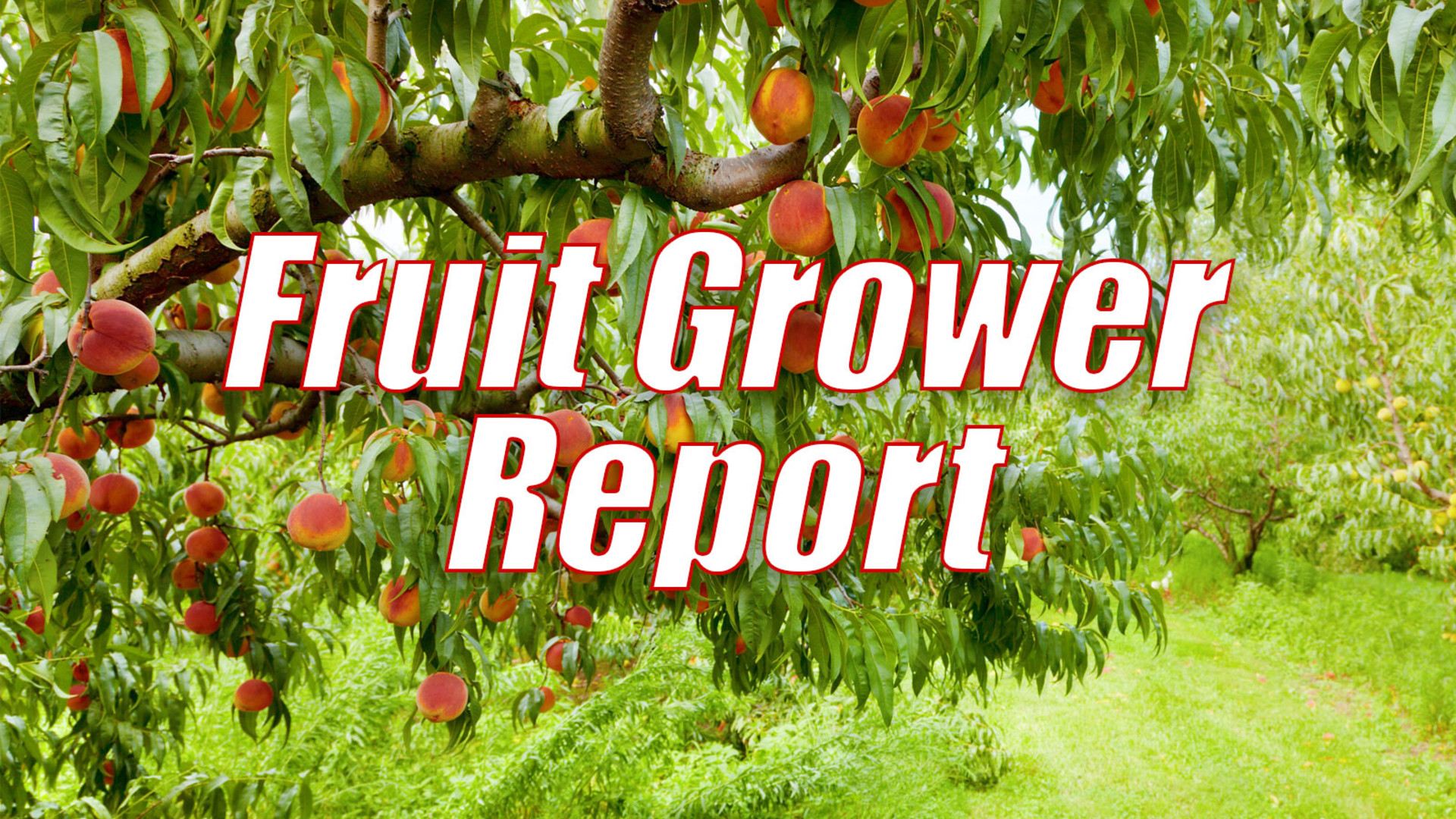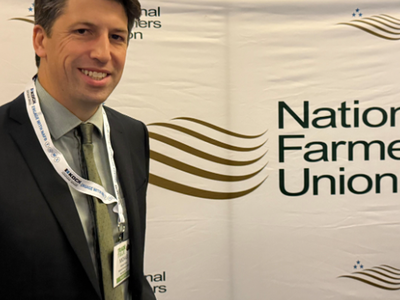The Advantages Of Photo-Selective Anti-Hail Nets
With the Fruit Grower Report, I'm Susan Allen. Why does an orchard have all those nets? Well netting can protect your crop from hail, and Photo-selective anti-hail nets can also provide additional value by reducing plant stress and sunburn. I had a chance to speak with WSU Extension Tree Fruit Specialist Tianna DuPont who was part of a netting field day put on by WSU Extension earlier last Month.DUPONT: Netting can actually reduce tree stress. Without netting, photosynthesis drop dramatically in the day. To be able to grow, plants need to take up water from the soil and carbon dioxide from the atmosphere to use in photosynthesis. At high temperatures trees close the stomata in their leaves so that they lose less water to the air from transpiration. Closing stomata reduced water loss. However, with their stomata closed the leaves are absorbing less carbon dioxide which they need to produce carbohydrates.
At the field day earlier this month more than 90 participants learned how different colors of anti-hail netting can reduce wind speed and light intensity and how this might impact tree growth and sunburn. In Eastern Washington orchards,the light is intense. Excess light heats up the fruit and can create sunburn. Fruit, similar to soil and concrete absorbs the energy and heats up. While the leaves can diffuse the heat, much like how we sweat, fruit can not. Fruit surface temperature may be 20°F warmer than air temperature on a bright hot day." Shade netting keeps the fruit from heating up as much. Preliminary results from WSU's netting research show potential advantages to photo-selective anti-hail netting. But time (and more data points) will tell. WSU extensionists will continue to keep orchardists updated as they learn more about the effects of overhead orchard netting

















